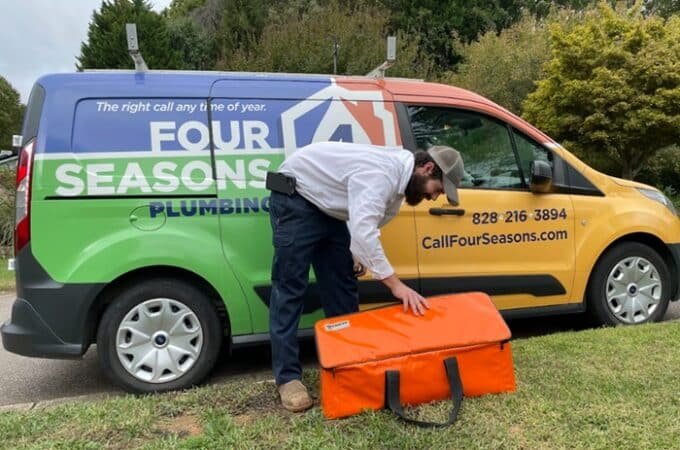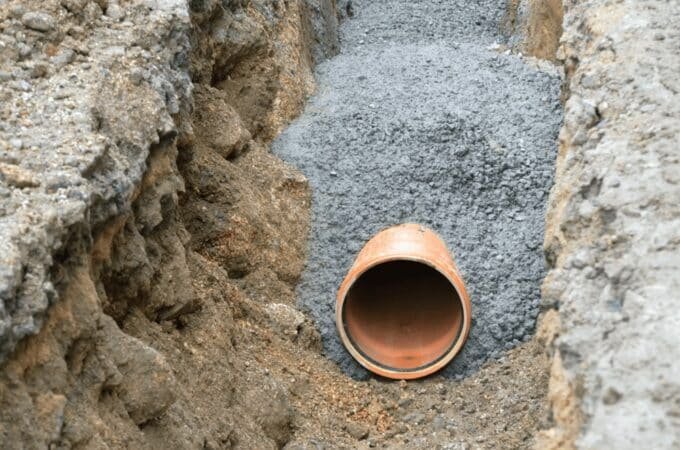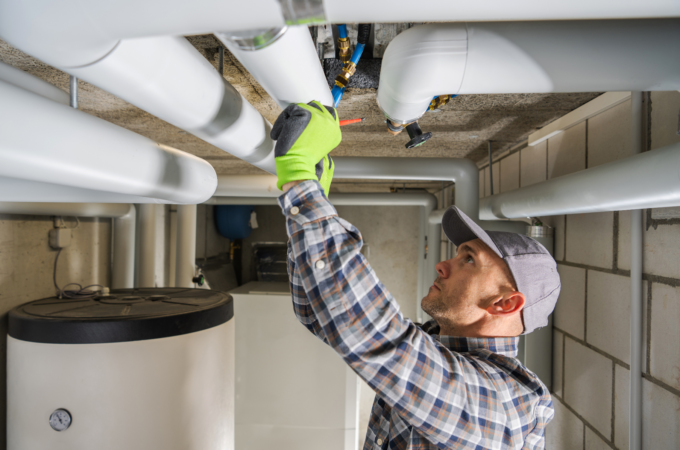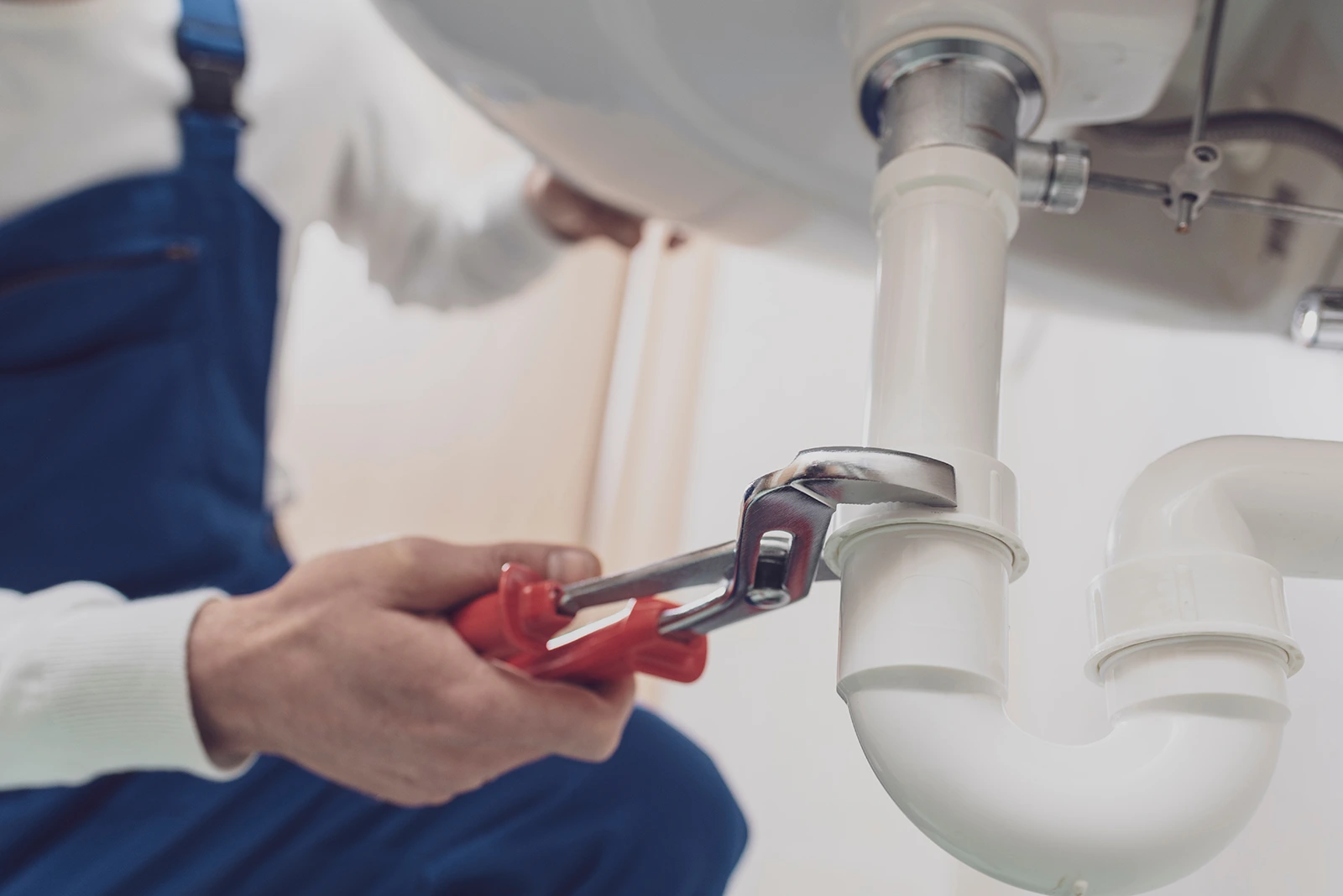
What to Do When Plumbing Goes Wrong: 10 Essential Strategies
Plumbing issues can strike any home at any time, often without warning. Whether it’s a leaking faucet, a burst pipe, or a clogged drain, these problems can cause significant inconvenience and potential damage to your property. Knowing how to respond effectively can save you time, preserve the integrity of your home, and prevent a minor issue from escalating into a costly disaster. This guide will equip you with essential strategies to handle common plumbing emergencies and mitigate damage until professional help can be secured.
Table of Contents
ToggleIdentify the Source of the Problem
The first step in managing a plumbing issue is to accurately identify where the problem is coming from. This might involve checking for visible signs of leaks under sinks, around the base of toilets, or near appliances like dishwashers and washing machines. Early detection is crucial; the sooner you locate the issue, the quicker you can act to resolve it.
Shut Off the Water
Once you’ve identified the problem area, the next immediate action is to shut off the water to prevent further damage. Every homeowner should know the location of the main water shut-off valve in their home, as well as local shut-off valves near toilets, sinks, and appliances. Turning off the water supply as soon as you notice a major leak or burst pipe can drastically reduce the amount of water that might otherwise contribute to flooding and property damage.
Assess the Severity of the Issue
After stopping the water flow, assess the severity of the plumbing issue to determine your next steps. If the problem is a simple clog or slow drain, you might handle it yourself. However, if you’re facing major leaks, water damage, or issues that you can’t easily diagnose, it’s crucial to call for professional emergency plumbing services. Knowing when to call in the experts is key to preventing a plumbing inconvenience from turning into a plumbing catastrophe.
Use a Plunger for Simple Clogs
For common clogs in toilets, sinks, and showers, a plunger can often provide a quick fix. Make sure you have the right type of plunger for the job: a flat-bottomed plunger for sinks and a flanged one for toilets. Effective plunging involves covering the drain completely with the plunger and using forceful, direct movements to create pressure that can dislodge the blockage. This simple tool can be incredibly effective for resolving minor clogs without the need for professional help.
Apply Leak Tape or Clamps
If you discover a minor leak in a pipe, applying leak tape or using a clamp can serve as a temporary fix until you can obtain professional repair. Leak tape is designed to be waterproof and pressure-resistant, making it ideal for sealing small leaks. Pipe clamps can also provide a tight seal on a cracked or leaking pipe. While these fixes are temporary, they can effectively prevent water damage and give you more time to arrange for a plumber to make permanent repairs.
Clear Out Drains and Traps
Keeping drains and traps clear is essential to preventing backups and clogs. You can often clear out debris from sinks and shower drains using a simple hand auger or a wire coat hanger. For deeper blockages, removing the U-shaped trap under the sink can allow you to clean out accumulated debris directly. Always have a bucket handy to catch any residual water. Regular maintenance by professionals can prevent severe blockages and keep your plumbing in good working order without the need for harsh chemical cleaners.
Check for Frozen Pipes
Frozen pipes are a serious risk in colder climates, especially when temperatures drop suddenly. If you suspect that your pipes may be frozen due to a lack of running water or visible frost on exposed piping, it’s important to act quickly. Prevention is key; insulating your pipes can help protect them from freezing temperatures and save you from a potential disaster.
Inspect Appliance Connections
Appliances that use water, like dishwashers, washing machines, and refrigerators, can be common sources of leaks. Regularly inspecting the hoses and connections for signs of wear or damage can help prevent water damage. Look for kinks, leaks, or rust at the connection points. If hoses appear brittle or damaged, have them replaced immediately to avoid a burst hose that can flood your home. Tightening loose connections can also stop drips before they become floods.
Avoid Chemical Drain Cleaners
While they may seem like a quick fix, chemical drain cleaners can cause more harm than good. These chemicals are harsh and can corrode your pipes over time, leading to leaks and other serious issues. Instead of using these products, try natural alternatives like a mixture of baking soda and vinegar followed by hot water, which can help break down clogs without damaging your plumbing. For more stubborn blockages, mechanical methods like plunging or using a plumbing snake are safer and often more effective.
Know When to Call the Professionals
Understanding when a problem is beyond your ability to safely or effectively resolve is crucial. If you’ve attempted to fix an issue and it persists, or if the problem is complex, involving sewer backups, water heater failures, or major leaks, it’s time to call professional plumbers. Professionals have the tools, training, and experience to diagnose and fix issues efficiently, ensuring that your plumbing system is restored with minimal disruption to your home.
Conclusion
Being prepared and knowledgeable about what to do when plumbing goes wrong is crucial for any homeowner. This guide has equipped you with essential strategies to tackle common plumbing issues effectively, from initial detection to engaging professional help when necessary. By implementing these strategies, you not only safeguard your home against potential damage but also enhance your peace of mind. Stay vigilant, be prepared, and never hesitate to call on professionals when the situation is beyond your expertise. This proactive approach will help keep your plumbing functioning smoothly and your home secure.
Lynn Place is Vice President of Marketing for SolvChem Custom Packaging Division. She has 30 years of professional experience in the manufacturing industry and specializes in consumer packaged goods, new product development and strategic planning.






